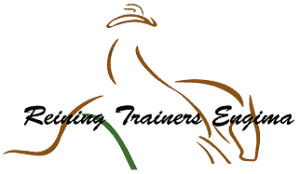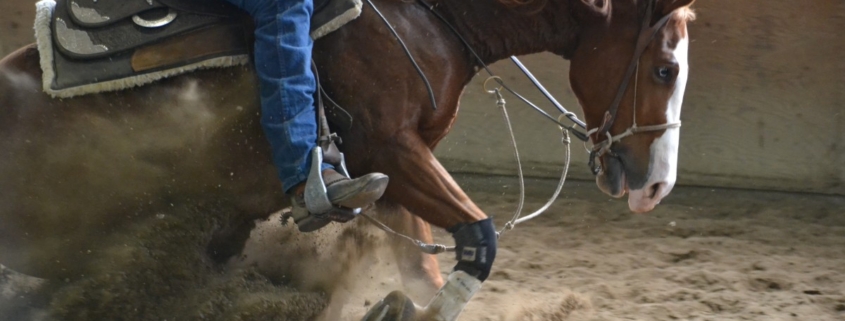A Reiner is a Robot – When Obedience Replaces Horsemanship?
Sleepy-eyed and mechanical, many modern reining horses move like programmed machines — executing patterns with lifeless precision. Only errors of non-compliance often setting the placings.
Their expression is dull or bored, their reactions delayed, their spirits subdued. And yet, this is the image celebrated in the show ring.
According to the NRHA, “To rein a horse is not only to guide him, but also to control his every movement. The best reined horse should be willingly guided or controlled with little or no apparent resistance and dictated to completely.”
Let that sink in — dictated to completely.
Somewhere along the line, the artistry of communication between horse and rider has been replaced with domination. What was once the pinnacle of partnership now too often resembles a scene from a robotic performance — precise, compliant, and devoid of life.
The Mechanism Behind the Machine: Learned Helplessness
Behind those flawless spins and sliding stops lies a training method few want to discuss: learned helplessness.
In psychology, learned helplessness describes a state where an animal (or human) stops trying to avoid discomfort because it has learned that escape is impossible. In horses, it’s created through constant pressure, conflicting cues, and punishment for any form of resistance.
When applied in reining:
-
The horse is repeatedly drilled until it gives up trying to offer natural responses.
-
The cues become relentless — hand, spur, bit — until the animal no longer seeks to move freely or think independently.
-
Every instinct to question, hesitate, or express discomfort is corrected, not understood.
The result? A “quiet” horse. A “willing” horse. A horse that “shows no resistance.” But what’s really being praised is submission, not willingness. A horse that has learned that no matter what it does, it cannot change the outcome.
The Cost of Compliance
From the outside, it looks like harmony — the horse responding instantly and smoothly to every cue.
But look closer: the instant head drop to the slightest rein movement. The tense mouth, the absence of expression. These are not signs of relaxation. They’re symptoms of a horse that has emotionally shut down.
Reining horses, pushed to perform repetitive maneuvers like spins and slides at speed, often suffer not only physically (joint strain, hock injuries, tendon damage) but mentally. The suppression of natural behavior under constant correction erodes their confidence and trust.
This isn’t horsemanship. It’s control dressed up as partnership.
Reclaiming True Horsemanship
True horsemanship is communication — not coercion. It’s guiding, not dictating. It’s reading the horse, not rewriting its instincts.
A great reiner should be an athlete, not an automaton. They should express energy, alertness, and readiness to work — not resignation.
The next time you watch a reining pattern, look beyond the precision. Ask yourself: is this a performance of partnership or proof of submission?
Final Thought
When a horse stops showing resistance, it’s not always because it has learned obedience. Sometimes, it’s because it has learned that resistance no longer matters.
If a reiner is dictated to completely, maybe it’s because it’s been trained to stop feeling like a horse at all.



Leave a Reply
Want to join the discussion?Feel free to contribute!